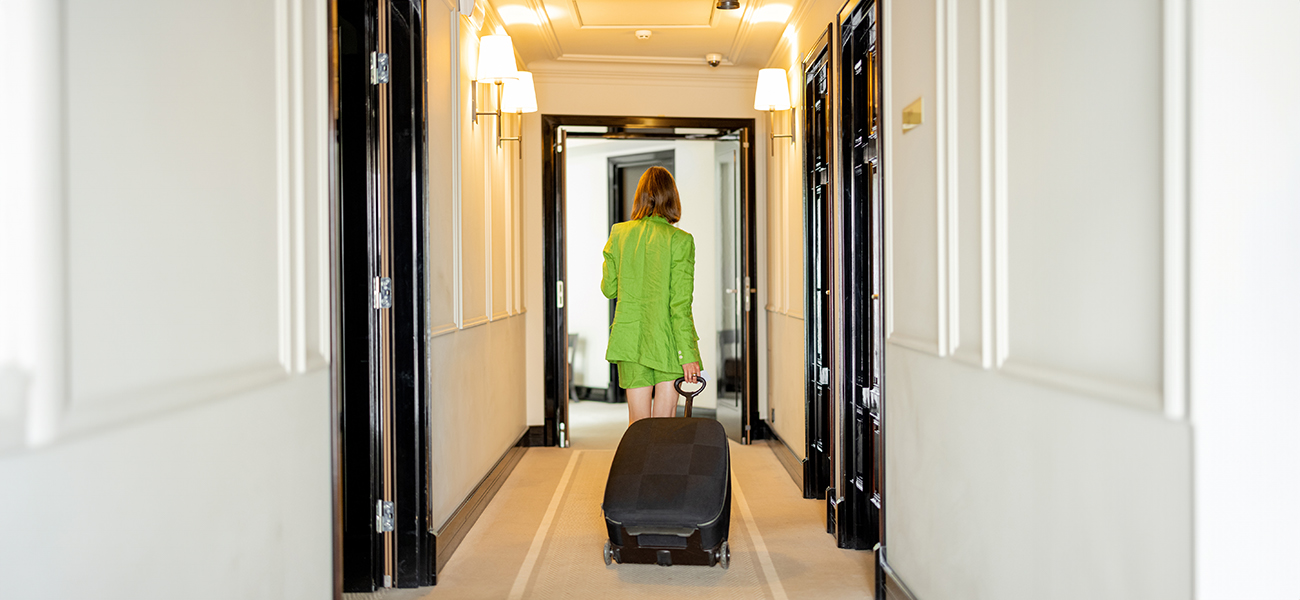
Returning from a trip doesn't mean your cybersecurity responsibilities end. Follow these post-travel steps to ensure your devices and data remain secure:
Update and Scan Devices: Eliminate Potential Threats
Upon returning, use anti-virus software to scan your devices for malicious activity before connecting to your home network. Update the operating system and all applications on your devices, including laptops, tablets, and smartphones. Software updates often include security patches that address known vulnerabilities.
Manage Applications: Remove Unnecessary Apps
Review the applications installed on your devices and delete apps that you used while travelling that you no longer need. Removing unused apps reduces the potential attack surface for cyber threats.
Password Hygiene: Strengthen Account Security
Consider changing the passwords for all accounts you accessed during your trip, including personal and UBC accounts. Choose strong, unique passwords for each account. Consider using a password manager to securely store and manage your passwords.
Financial Monitoring: Detect Unusual Activity
Carefully review your bank statements and credit card bills for any suspicious or unauthorized transactions. Report anything amiss to your financial institutions, local police, and the Canadian Anti-Fraud Centre.
Report Suspicious Activity to UBC
If you suspect any security issues or unauthorized access related to your UBC accounts, report them to UBC Cybersecurity by emailing security@ubc.ca.
It's important to stay informed about the latest cyber-safe travel practices. Regularly check the Canadian Government's official websites and webpages for updates on regulations, guidelines, and emerging threats. By staying informed and taking the necessary precautions, you can enjoy your travels with peace of mind, knowing that your digital security is protected.
Go Further...
UBC Resources
- International Travel with Electronics
- Travel with Electronics: Key Considerations
- Travel: All Destinations [printout]
- Information Security Standard U6 – Working Remotely
- International travel resources (SRS)
- Security Considerations for International Travel with Mobile Devices (CIO)
External Resources